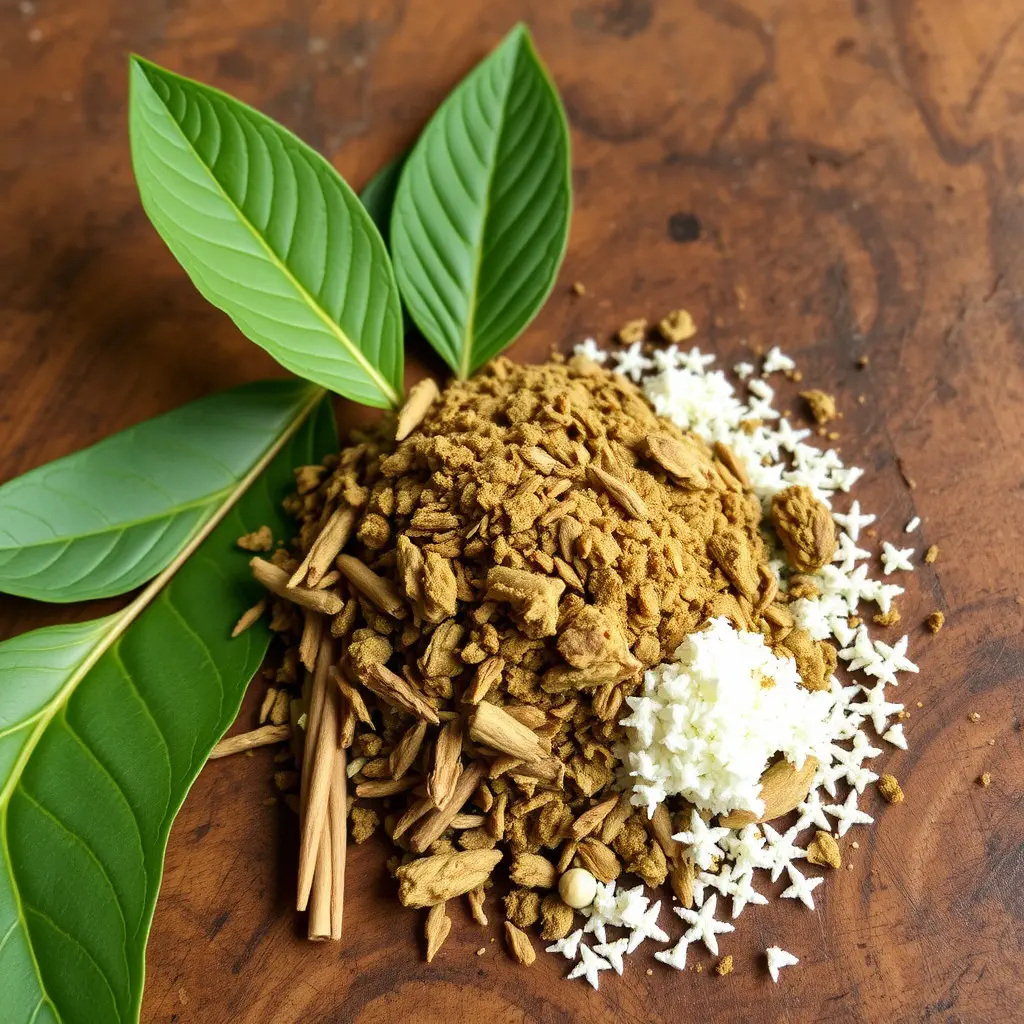Indiana classifies kratom as a Schedule I controlled substance, effectively banning its sale, distribution, and possession within the state. However, the legal status of kratom is under scrutiny due to ongoing debates influenced by public opinion and scientific research, which suggest that kratom may offer a natural alternative for chronic pain relief by interacting with opioid receptors without the same risks as prescription opioids. Indiana's kratom law allows its use with labeling requirements from the FDA, but users are advised to consult healthcare professionals before incorporating it into their treatment plans due to the need for more research on its efficacy and safety. It is essential for individuals interested in kratom to stay informed about the evolving legal landscape, as accessibility and compliance with local laws can vary significantly across different regions. Users should purchase from reputable sources, start with a low dosage, and monitor their response to minimize potential risks of tolerance and dependency. The debate over kratom's role in managing chronic pain continues at both the state and national level, highlighting the importance of understanding Indiana's specific kratom regulations.
Chronic pain is a pervasive challenge faced by many, often necessitating effective management strategies. In Indiana, the landscape of pain relief has been shaped by specific legislation regarding kratom, a botanical substance gaining attention for its potential analgesic properties. This article delves into the intricacies of Indiana’s kratom laws and offers a comprehensive guide on how individuals can utilize kratom for chronic pain while adhering to these regulations. We will explore kratom’s role in pain relief, grounded in scientific evidence, and provide practical advice to ensure safe and legal use. Join us as we navigate the intersection of kratom, chronic pain management, and Indiana law.
- Navigating Indiana's Kratom Legislation and Chronic Pain Management
- Understanding Kratom's Role in Chronic Pain Relief and Its Scientific Basis
- Practical Guide to Using Kratom for Chronic Pain in Compliance with Indiana Laws
Navigating Indiana's Kratom Legislation and Chronic Pain Management

When addressing chronic pain management, individuals in Indiana have shown a growing interest in alternative treatments such as kratom. The use of kratom, a plant-based substance from Southeast Asia, has been a subject of debate due to its complex legal status and potential benefits for pain relief. As of the latest updates, Indiana’s kratom legislation classifies kratom as a synthetic chemical under Schedule I of its controlled substances act, effectively prohibiting its sale, distribution, and possession. However, this legislative stance is subject to change as public opinion and scientific research evolve. It’s crucial for those considering kratom for pain management within Indiana to stay informed on the current legal landscape. The state’s regulatory framework may alter in response to ongoing discussions about the efficacy and safety of kratom for chronic pain, reflecting a broader national conversation. Individuals interested in using kratom should be aware that while it may offer relief for some, its legal status can vary across different regions, making it imperative to understand and adhere to local laws. For those residing outside of Indiana or planning to travel with kratom products, it’s essential to verify the legal status in the respective jurisdiction, as state lines can delineate vast differences in kratom legality and accessibility.
Understanding Kratom's Role in Chronic Pain Relief and Its Scientific Basis

Kratom, a plant native to Southeast Asia, has gained attention for its potential role in chronic pain management. The leaves of kratom contain compounds called alkaloids, primarily mitragynine and 7-hydroxymitragynine, which are thought to interact with the body’s opioid receptors, providing pain relief. In Indiana, where specific laws govern the use of kratom, individuals interested in exploring this natural remedy must navigate the legal landscape carefully. The state’s legislation, which classifies kratom as a controlled substance, reflects the complexity and controversy surrounding its use. Despite the regulatory framework, scientific research has begun to shed light on how kratom may alleviate chronic pain. Studies have indicated that the alkaloids within kratom engage with mu-opioid receptors in a way that can reduce the sensation of pain without the same level of sedation or euphoria as prescription opioids. This selective action could potentially offer a safer alternative for some individuals with chronic pain, although more research is needed to fully understand its efficacy and safety profile. Users in Indiana and beyond should approach kratom with caution and be aware of the legal status in their jurisdiction before incorporating it into their pain management strategy.
Practical Guide to Using Kratom for Chronic Pain in Compliance with Indiana Laws

When managing chronic pain, individuals in Indiana have options that align with state regulations. Kratom, a botanical supplement derived from the leaves of Mitragyna speciosa, has gained attention for its potential analgesic properties. However, it’s crucial to approach its use responsibly and within the bounds of Indiana kratom law. As per these laws, kratom is legal in the state but is subject to certain restrictions. For instance, vendors must label their products clearly with disclaimers about the FDA’s stance on kratom and warnings about potential health risks.
To use kratom effectively for chronic pain within compliance, Indiana residents should first consult with a healthcare provider. This step is essential to rule out any underlying conditions that may also contribute to the pain and to ensure that kratom is an appropriate addition to their treatment plan. It’s advisable to purchase kratom from reputable sources, as product quality and alkaloid content can vary significantly between vendors. Additionally, users should start with a low dosage to gauge effects and adjust as necessary, adhering to the recommended serving sizes mentioned on the product labels. Monitoring one’s response to kratom over time is also important, as tolerance and dependency can develop with prolonged use. By staying informed about Indiana kratom law and using kratom judiciously, individuals can explore this alternative approach to pain management while maintaining their legal and health compliance.
Navigating chronic pain management can be complex, particularly in states like Indiana where kratom’s legal status requires careful consideration. This article has provided a comprehensive overview of kratom’s role in pain relief, grounded in scientific research, and offered practical guidance for its use within the bounds of Indiana’s specific kratom laws. For those facing chronic pain, understanding the intricacies of kratom’s potential benefits and legal restrictions is crucial. This article serves as a guide to ensure safe and compliant management of pain, highlighting the importance of adhering to local regulations when exploring alternative treatment options such as kratom.






